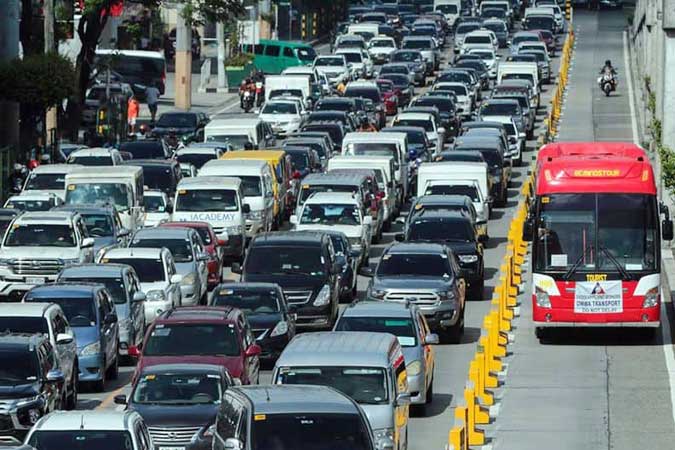By Patricia B. Mirasol
Satellite data suggests that the air quality in the capital worsened this Christmas season, reverting to pre-pandemic levels.
According to STAMINA4Space, a Philippine space research program, emission of NO2, a gaseous pollutant from cars that burn fossil fuels, and aerosol optical depth (AOD) are back to 2019 levels. Aerosols refer to particles suspended in the atmosphere. It includes volcanic ash, urban haze, and factory pollution.
The increase in these pollutants, which began to climb in June, coincides with the loosening of restrictions in the capital and the volume of vehicular traffic in Metro Manila returning to pre-COVID days.
It also comes at a time when mobility restrictions have been eased, spurring economic managers to raise the country’s GDP growth projection to 5.5%, up from 4% in August.
“The really nice thing is that the market has stabilized even with the short-term sell-off that showed up in the tail end of November, so hopefully we can continue at this pace,” said Lawrence Lee, president and chief executive officer of global trading firm CTS Global Equity Group.
“I believe that 2022 is our bounce back year. Hospitals are empty with regards to COVID-19 cases and, if we continue in this trajectory, businesses will also follow suit,” Mr. Lee told BusinessWorld in a Dec. 27 e-mail, prior to the holiday surge of coronavirus cases.
AIR QUALITY MANAGEMENT
The local governments of Parañaque and Pasig partnered in 2019 with Clean Air Asia to improve the air quality management in their cities.
The non-governmental organization, in collaboration with global logistics company United Parcel Service (UPS), conducted learning sessions for Parañaque’s government employees, barangay representatives, and college students.
“The balance between clear skies and the effect of economic activity is a tough challenge for businesses and every Filipino who is concerned about the environment,” said Christopher Buono, managing director of UPS Philippines in an e-mail to BusinessWorld.
Businesses can continue to thrive by putting sustainability practices such as waste segregation and the use of biodegradable materials into practice in the workplace, he added.
“I have friends and know of UPS employees who recycle their packages delivered from online shops and have ventured into urban gardening,” he said. “Management must walk the talk on sustainability and lead by example. … Everyone is hopeful that the economy will improve, and I am confident that business leaders will take more action that support eco-friendly activities.”
Clean Air Asia is also developing a Clean Air Action Plan with Pasig City’s government in order to identify air pollution sources and mobilize resources to address them. Pasig, too, has an office that develops sustainable forms of transportation like a bike-sharing system.
Emissions from mobile sources (including motor vehicles) is a major contributor to air pollution in the Philippines. According to a landmark study released this year by the World Health Organization, “air pollution is now recognized as the single biggest environmental threat to human health.” It added that “air quality has … generally deteriorated in most low- and middle-income countries, in step with large-scale urbanization and economic development.”

